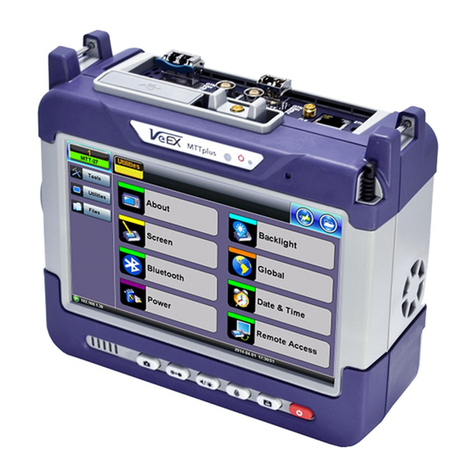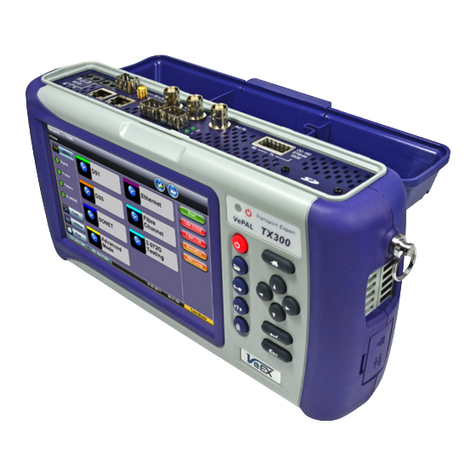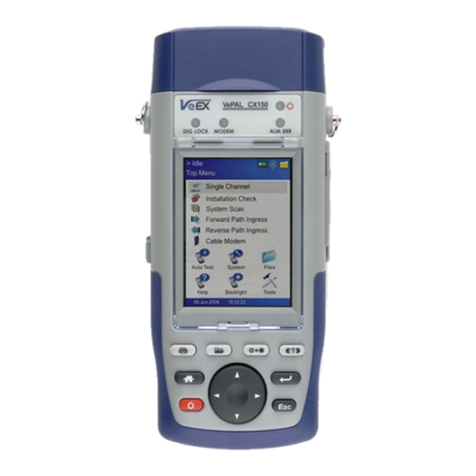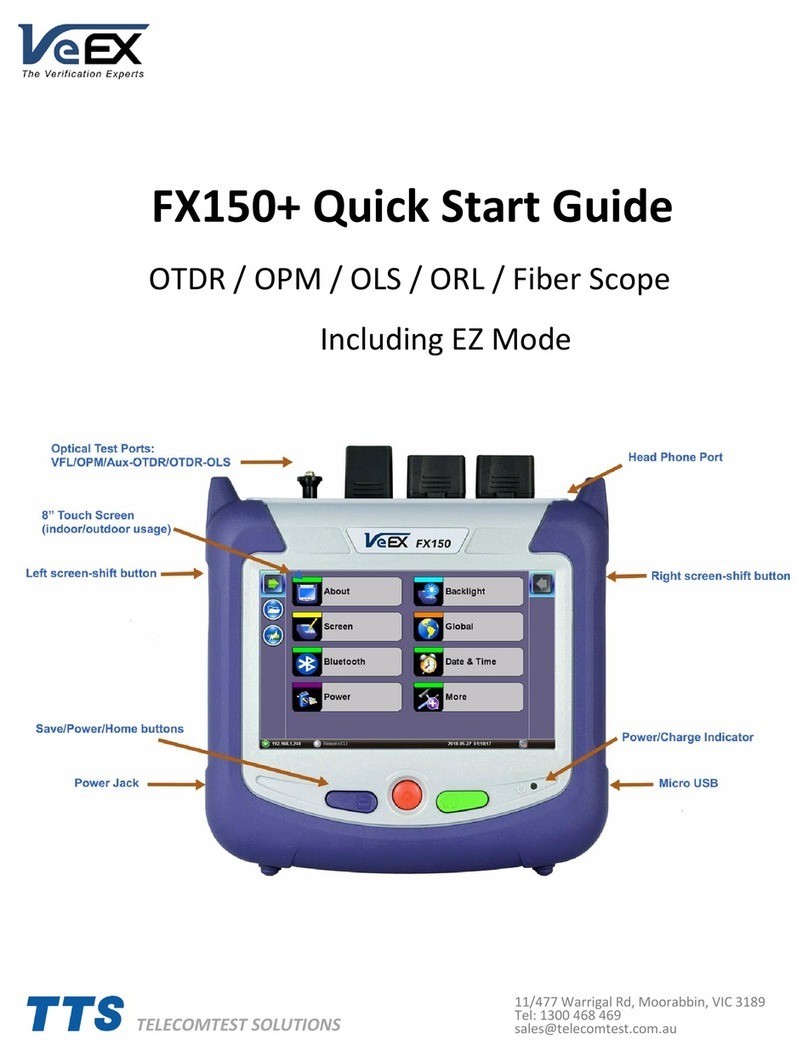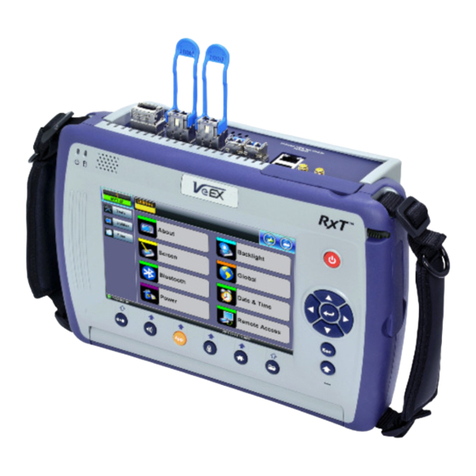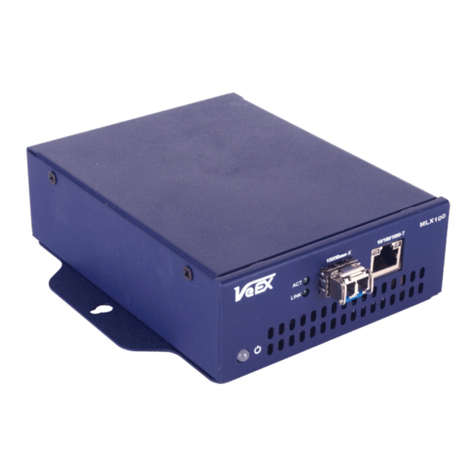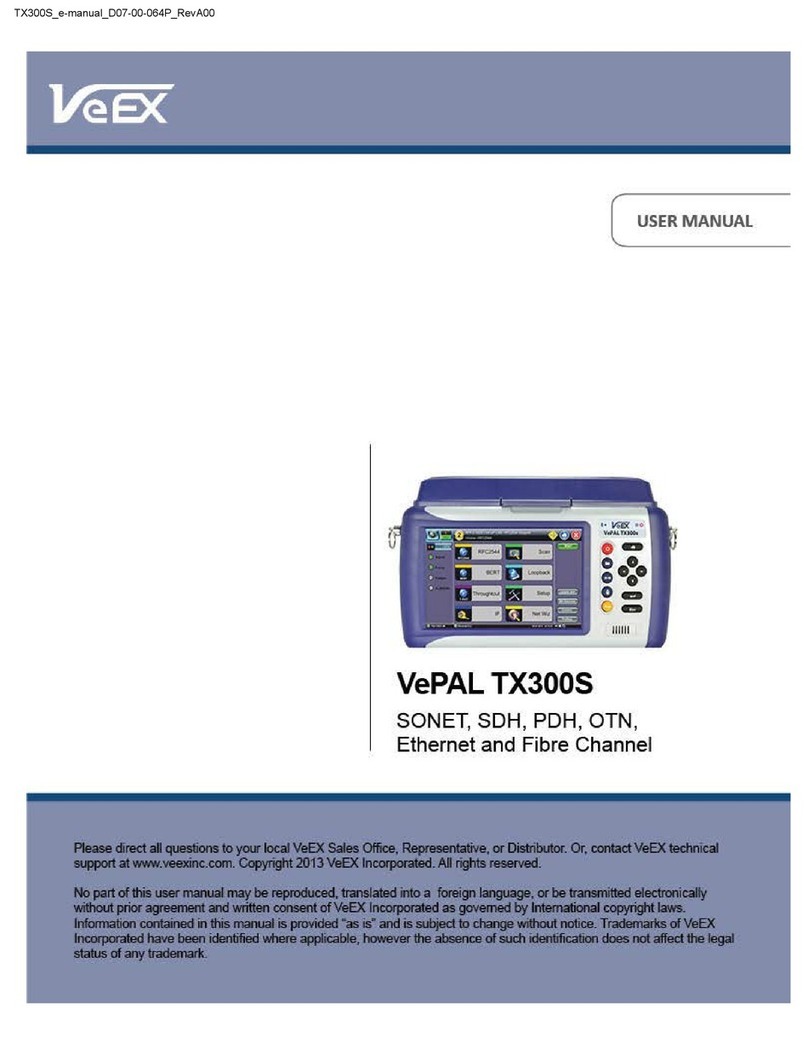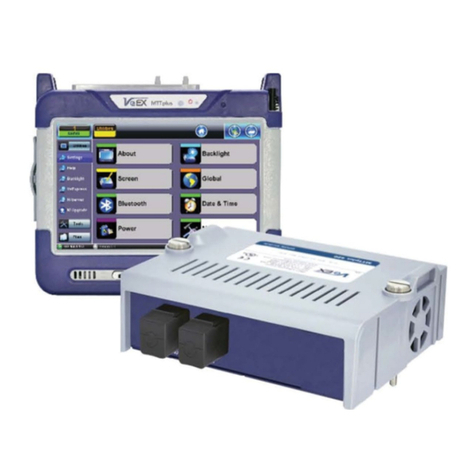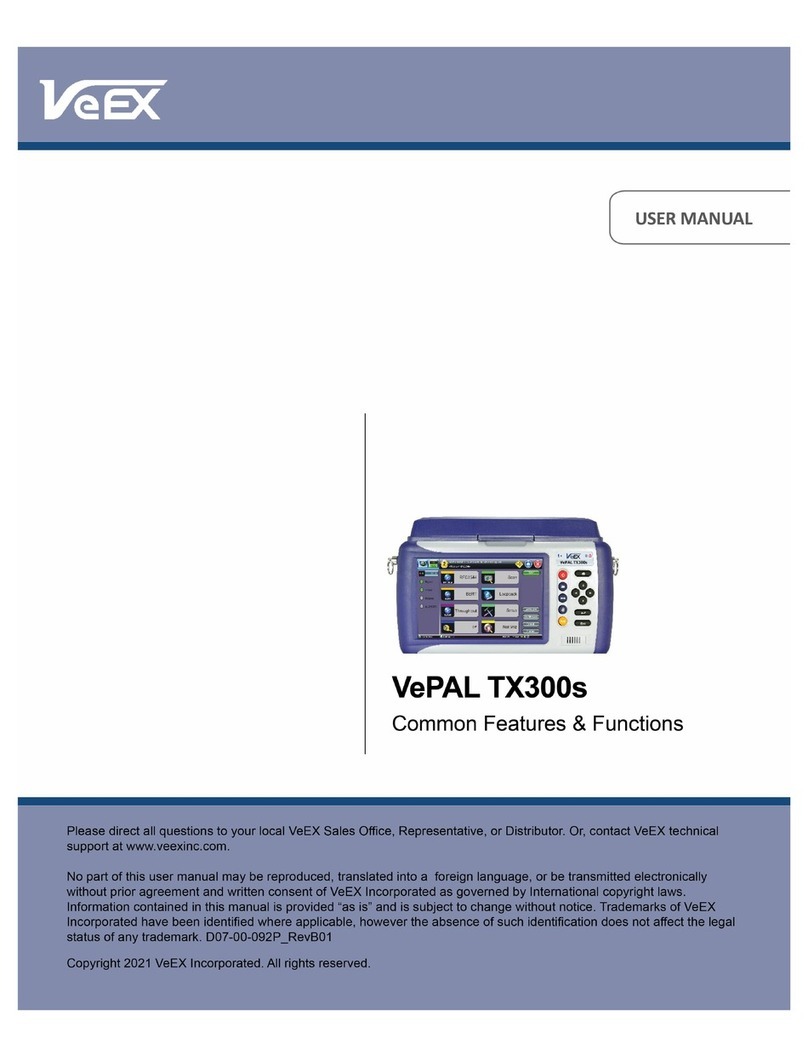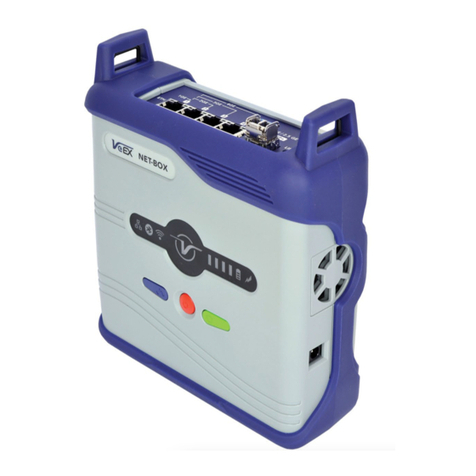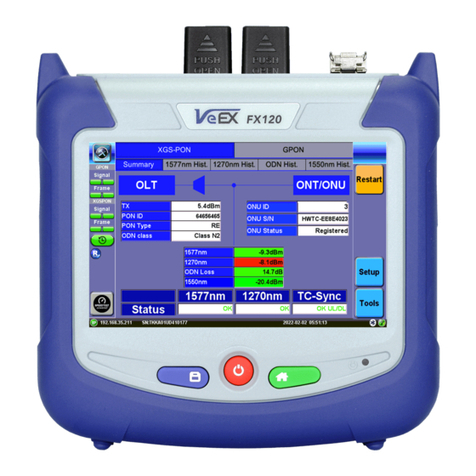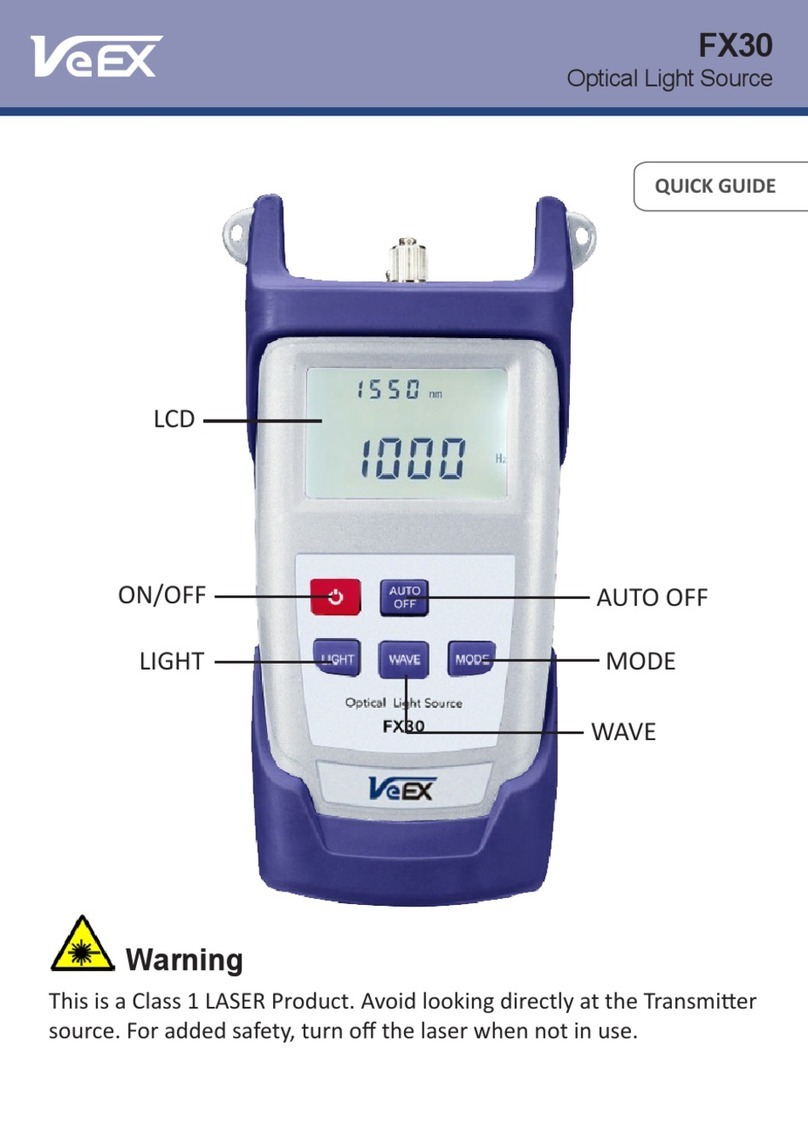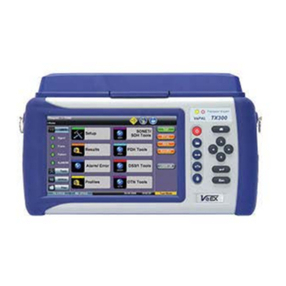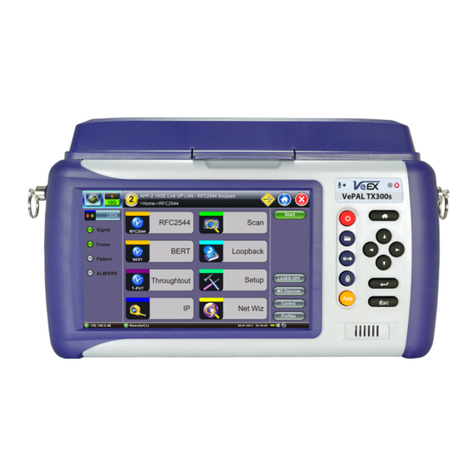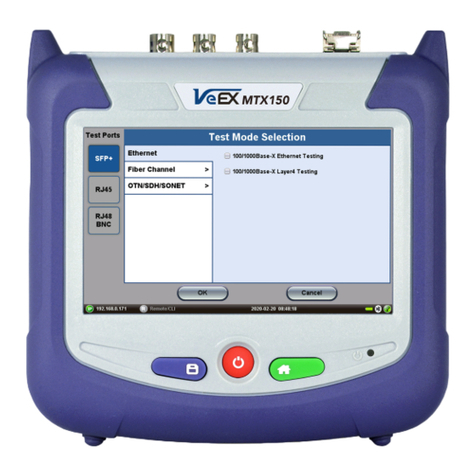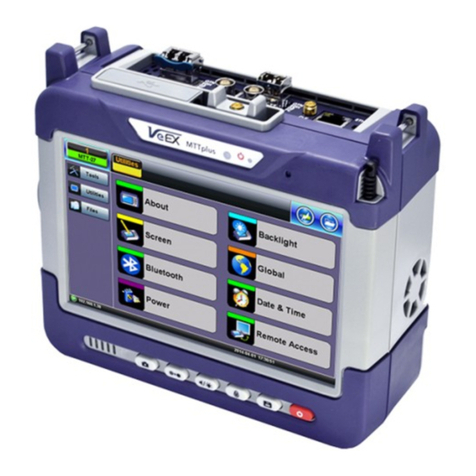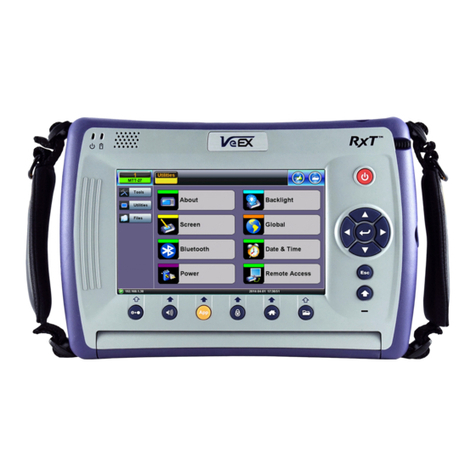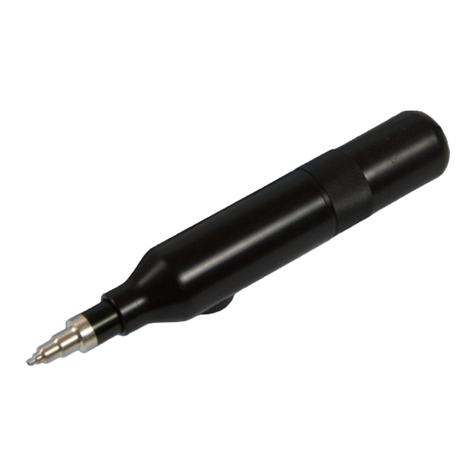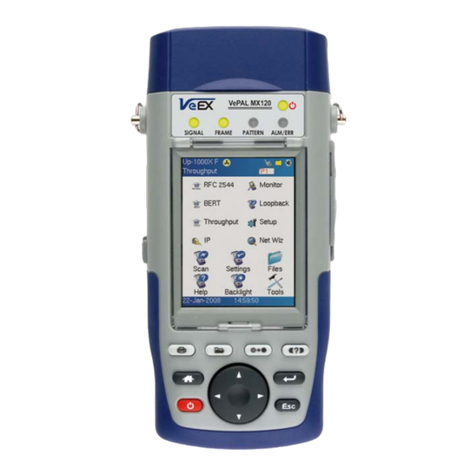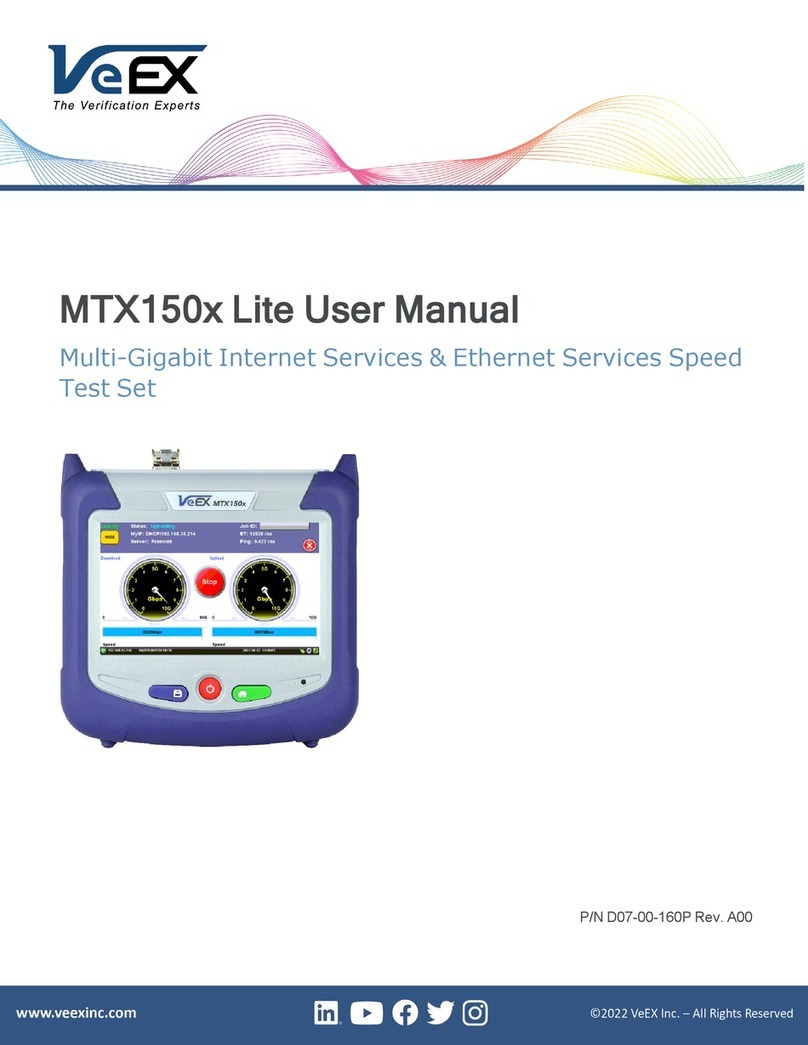
1 SHDSL Module ...................................................................5
1.1 Connector Panel................................................................5
1.2
LEDs
..................................................................................6
2 SHDSL Menus.....................................................................7
2.1 Test
Configuration
.............................................................8
2.2 STU-C and STU-R
Configuration
......................................8
2.2.1 Modem Status................................................................9
2.2.2 Alarm Status.................................................................11
2.2.3 Modem Control ............................................................12
2.2.3.1
SHDSL
System Loopback
Control ............................12
2.2.3.2 System Settings ........................................................13
2.2.4 PING
Setup/
T
est...........................................................14
2.2.4.1 LLC-Bridge and Routed Mode Setup .......................15
2.2.4.2 CLIPoASetup............................................................17
2.2.4.2.1 LLC-BRG,
LLC-RTE,
and CLIPMode
PING
Results18
2.2.4.3 PPPoA and PPPoEMode Setup...............................20
2.2.4.3.1 Entering a User ID/Password .................................22
2.2.4.3.2 PPPoA and PPPoEMode PING
Results
................23
2.2.4.4
Profile ........................................................................24
2.2.5 Advanced Features......................................................25
2.2.5.1 ATM
Features
............................................................25
2.2.5.1.1 VCC
Scan
...............................................................25
2.2.5.1.2 OAM Cell Generation .............................................29
2.2.5.1.3 OAM Cell Statistics ................................................31
2.2.5.2 IP
Features
................................................................33
2.2.5.2.1
Configuration
..........................................................33
2.2.5.2.2 IP Status.................................................................39
2.2.5.2.3 PING Test ...............................................................43
2.2.5.2.4 Trace
Route
............................................................45
2.2.5.2.5 Echo
Response
......................................................46
2.3 STUC E1, STUR E1, and E1
Configuration
.....................47
2.3.1 Modem Status..............................................................50
2.3.2 Alarm Status.................................................................52
2.3.3 E1 Measurement ..........................................................53
2.3.3.1 Measurement
Definitions
...........................................54
2.3.3.2 E1 Measurement Screens.........................................56
2.3.4 Test Pattern..................................................................59
2.3.4.1 Custom Patterns .......................................................61
2.3.5 Error Injection...............................................................62
2.4 View/Store/Print ..............................................................64
2.4.1 Saving a
Test
................................................................65
2.4.2 Viewing a Stored
T
est...................................................65
MTT-14B e_Manual D07-00-083P RevA00
